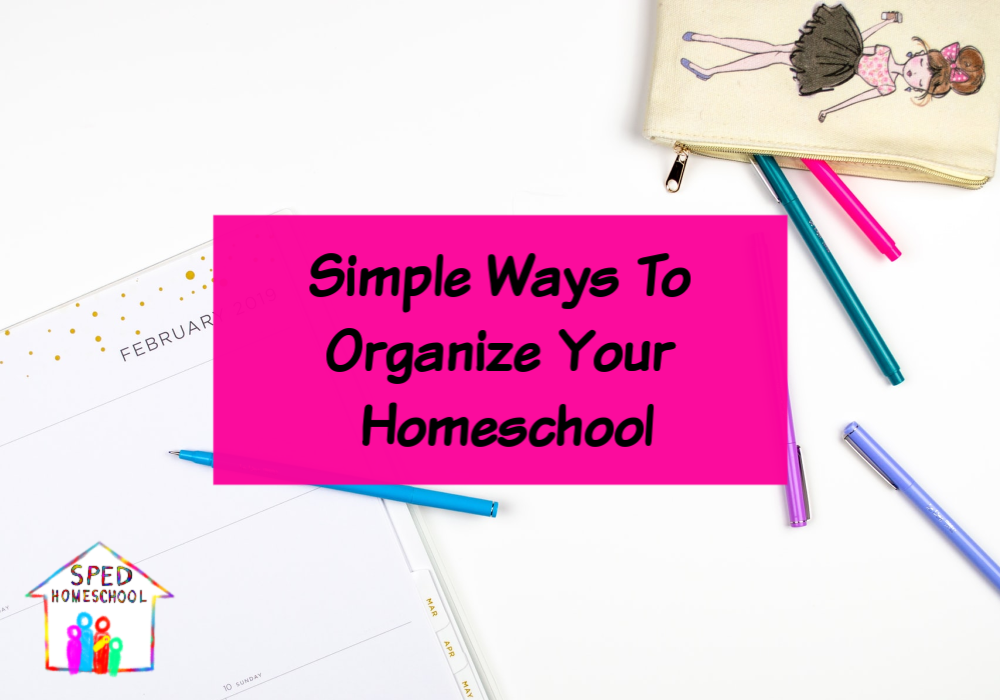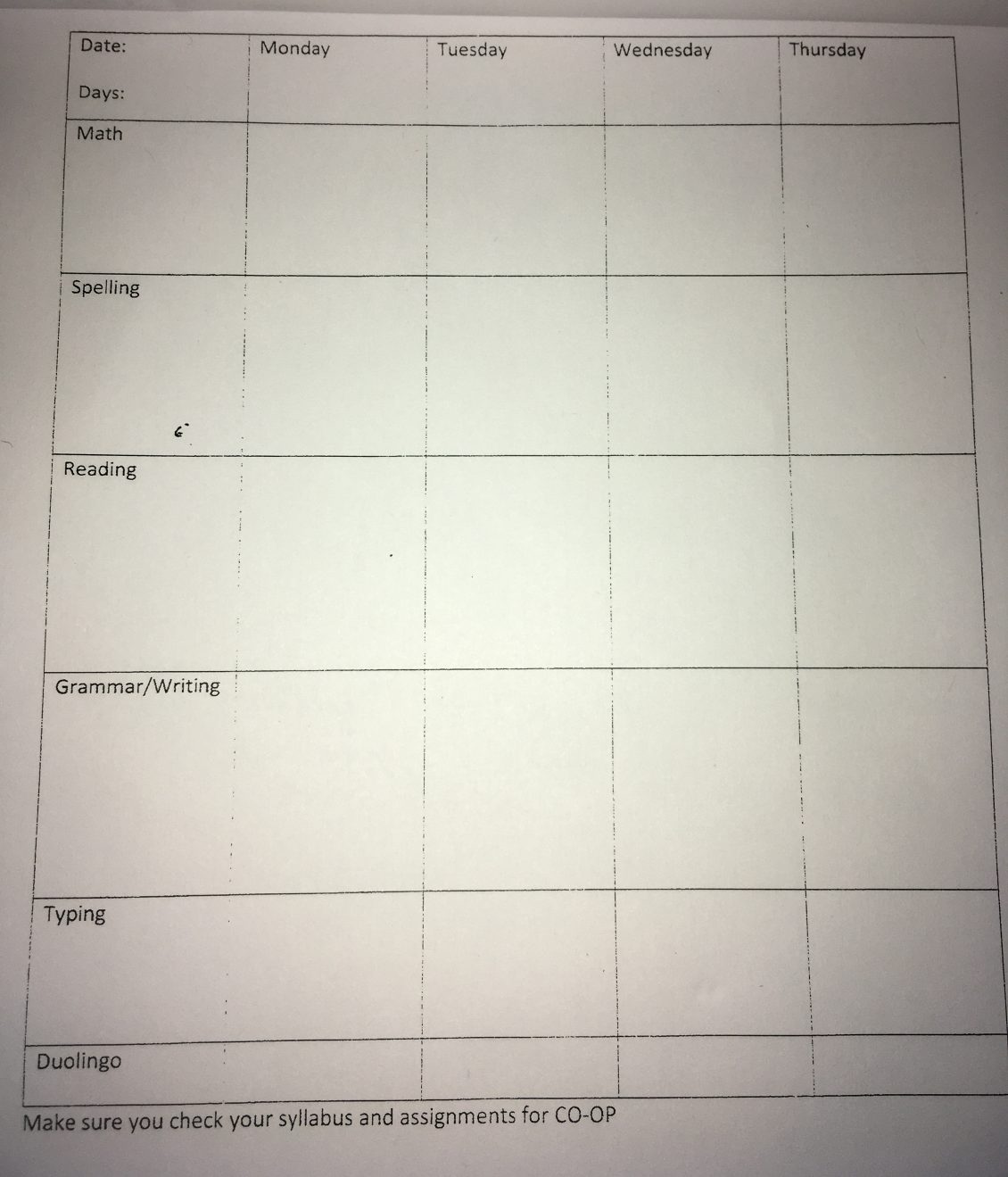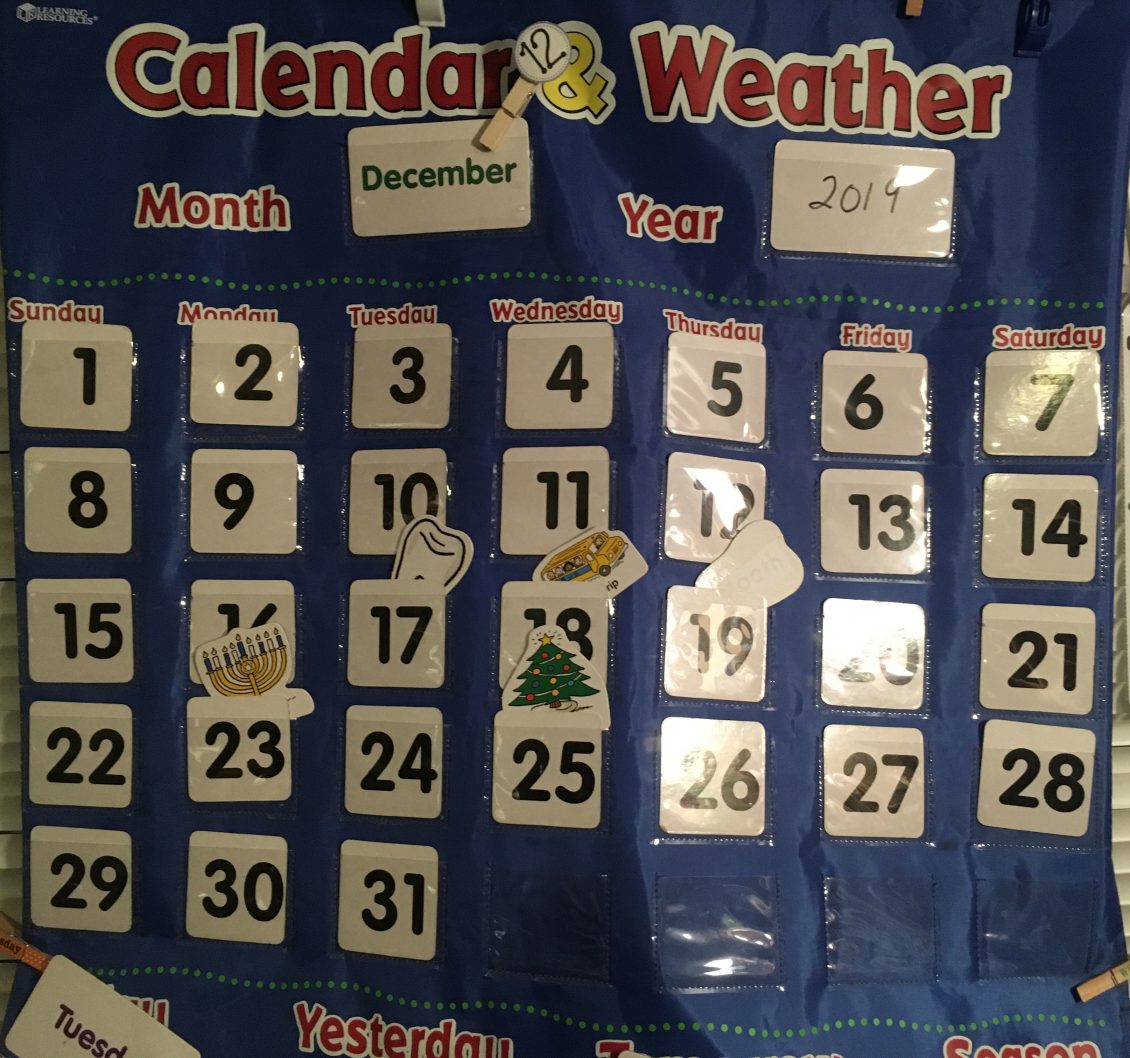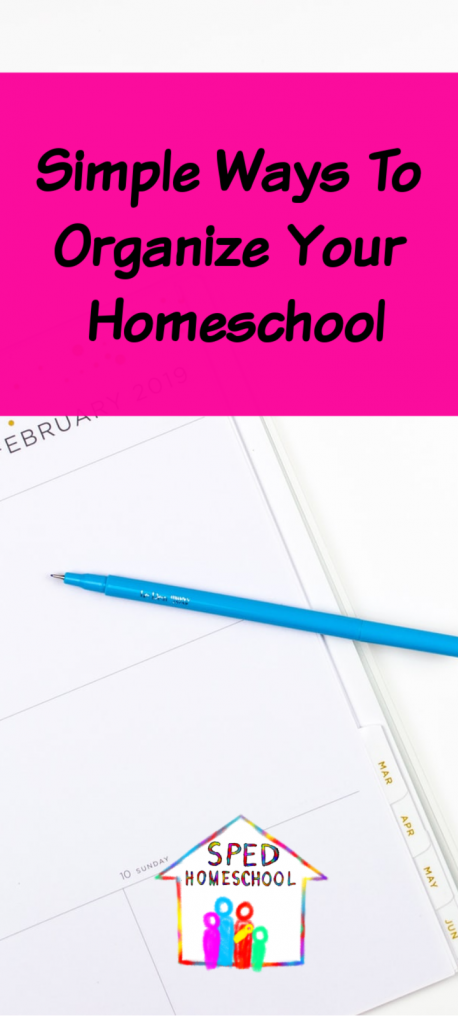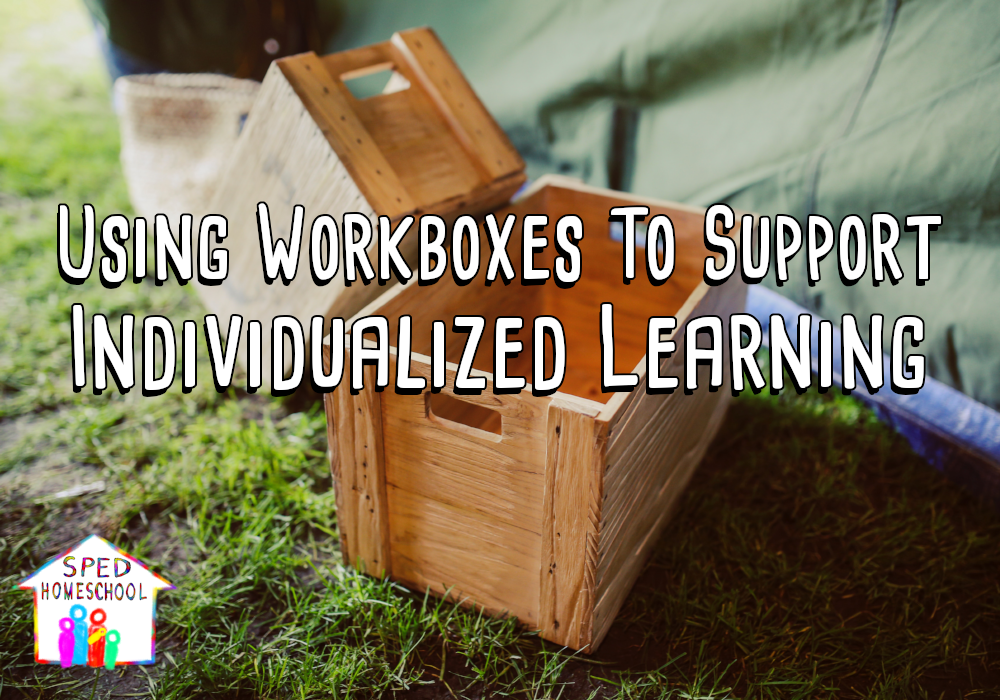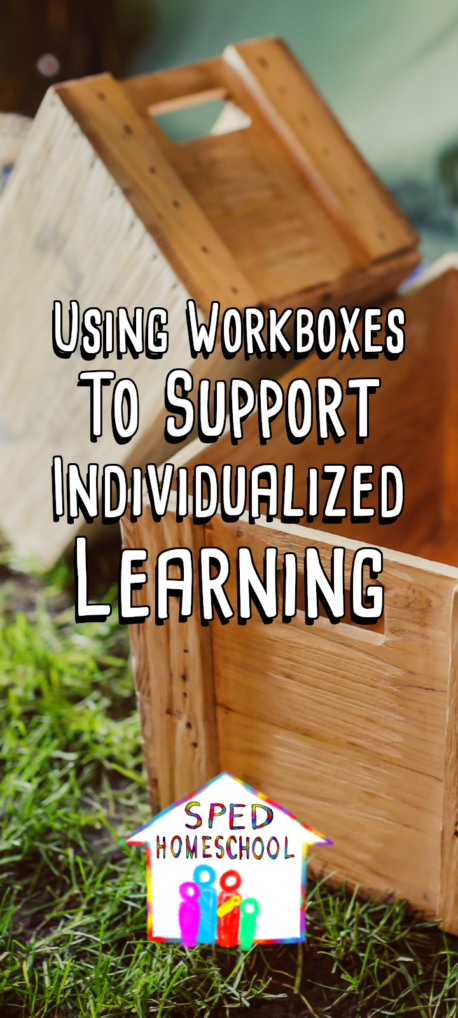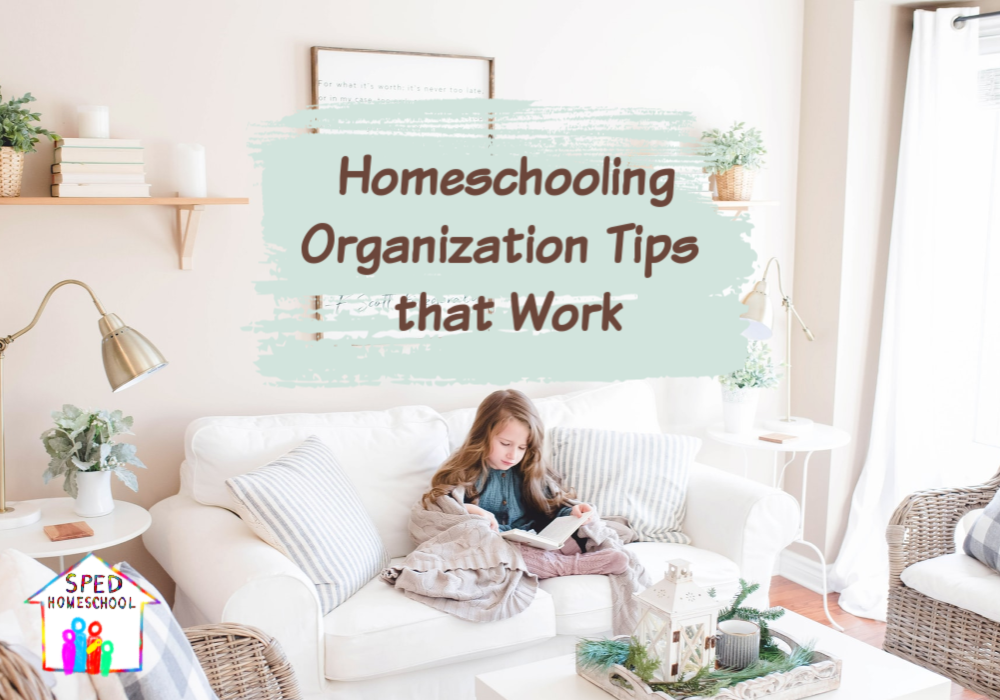
SPED Homeschool Team
Organization goes far beyond making sure everything is in its place, especially for homeschooling families who live, eat, learn, and play under the same roof every day. And, who would know better than experienced homeschooling moms who live this way 24/7? This is why we asked our team of experienced homeschooling moms to share their best homeschool organization tips that work while juggling teaching, housekeeping, and everything else going on in their lives.
Amy Vickrey
Making time for my spiritual life with my children has been a priority. I am working to teach them that they have a choice regarding love, joy and their relationship with God. To prioritize this goal, we started reading a daily devotional each night. This simple addition to our schedule has helped me remember to spend time engaging my children in God’s word and sharing time praying. We have also added hymn singing after our devotional time. It is so sweet to hear my 3-year-old join in singing “How Great Thou Art” and “It is Well.” These precious memories will carry them and me far into the future because of this simple change I made in their bedtime routine.
For schoolwork, my oldest does his best when he can see his workload from beginning to end. We used checklists, a clipboard, and other techniques to help him see his schedule visually. Because he can see his schedule and can to do tasks at his own pace and take breaks when needed. In the end, he knows there is no TV time until he finishes so this acts as his reward for finishing all the tasks on his list. We also make sure to target our school time for the time of day when my son’s learning peaks. This targeted learning time has greatly reduced daily schoolwork battles. One additional thing that helps us with school work is that I have built a therapy team with people other than myself who provide therapy sessions and work on educational (or pre-educational) goals with my children. I let them take care of those specific skills so I can concentrate on other skills at home.
For meals, I find writing out a basic menu for each day on a calendar works best for me. This way I will not repeat the same 3 meals my kids prefer more than I can stand, and it also allows me to plan ahead of time for expanding their palettes. This simple calendar planning also expedites the time it takes to put together my shopping lists and actual grocery shopping.
In general, balancing homeschool, work and school has been a challenge. As a single parent, I am blessed to have a supportive family, but the majority of the responsibility still falls on my shoulders. I have found I have to stick to my schedule, make use of downtime, and not overcommit, especially on weeks bigger projects or assignments are due.
Ashly Barta
I have found homeschool organization success in keeping each child’s work separate. I use a binder for all wipe-clean pages and checklists. We use daily checklists and reverse planning to ensure we accomplish everything on our list each day. I found that with reverse planning I have less pressure to complete all the things in a rush, we can dive deeper into the subject matter or take time for extra practice if needed. My son has epilepsy so it allows us to take breaks when needed and I have learned to love the rest time just as much as the work time. Along with the binders we also utilize workboxes (Latchmate totes found at Micheals) and a morning basket. The Latchmate boxes house the main curriculum along with flashcards, pencils and whatever else my children need to complete their work. On the other hand, the morning basket holds coloring books, a Bible, read-aloud books, and other similar materials.
“It is amazing how implementing a few simple organizational tips can help homeschooling and a busy home life stay on track!“
Dawn Spence
Something simple that helps me in staying organized is meal planning. My kids even help when they know what is on the menu by reminding me what meat I need to take out of the freezer so it is thawed properly. Meal planning also helps keep me keep to a budget and be thoughtful about creating healthy meals for my family. Sometimes I plan for one week, but if I am on a roll I plan two weeks out. Having a meal plan also allows me to order my groceries ahead of time, which is another big time saver. It is amazing how implementing a few simple organizational tips can help homeschooling and a busy home life stay on track!
Peggy Ployhar
One way I have been successful in organizing my children’s homeschooling materials is by giving them a dedicated place for their things and a yearly planning calendar. As you can imagine over the past 17 years of homeschooling in 4 different houses as well as 2 separate times of living in our travel trailer while homeschooling, this organizational method has been thoroughly tested. My children’s spaces have ranged from tubs, shelves, drawers, and cupboards but they have always been a unique space that is just theirs to store books, projects, and the other things they use regularly for school. As for planners, I have tried many over the years, but eventually realized what worked best for us were the cheap student planners you can find at just about any store at the beginning of the school year. Each year I buy one planner for each child, making sure the cover, as well as the layout, work well for recording everything in that student’s schedule. Then I write in lessons, a week at a time in pencil, in each planner. When my children were young, I helped them with organizing their spaces and planners, but as they moved into their junior high and high school years they took over managing almost everything, sometimes even their own weekly lesson plans!
Whether it is organizing your schooling materials, your homeschool spaces, your student’s schedules, or even your meals we hope our team’s homeschooling organization tips have inspired you to make one or two small changes towards being more organized in your homeschool and homeschooling family life.
Did you benefit from this article?
Would you consider a small donation to support the on-going work of SPED Homeschool?
Click Here to Donate Today


